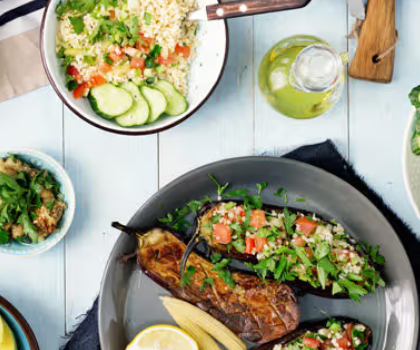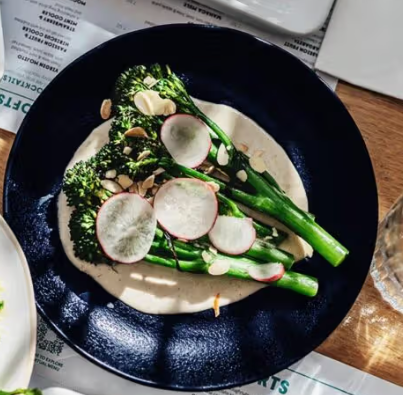
For those living with celiac disease, following a gluten-free diet is crucial for managing the condition and promoting overall health. However, it’s important to remember that a gluten-free diet doesn’t need to be restrictive or lacking in essential nutrients. In this blog, we’ll explore how to maintain a balanced diet while managing celiac disease, ensuring that you receive all the necessary nutrients without sacrificing flavor or variety.
Embrace Naturally Gluten-Free Foods
Luckily, there are many naturally gluten-free foods that are both nutritious and delicious. Focus on incorporating fresh fruits and vegetables, lean proteins like poultry, fish, tofu, and legumes, as well as nuts, seeds, and dairy (if tolerated). Gluten-free whole grains such as quinoa, brown rice, and certified gluten-free oats are also excellent choices to include in your diet.
Be Diligent About Reading Labels
It’s essential to make a habit of thoroughly reading food labels when shopping. Be on the lookout for hidden sources of gluten such as wheat, barley, rye, and their derivatives. Additionally, be mindful of potential cross-contamination, which can occur in shared production facilities or during food preparation.
Choose Gluten-Free Grains Carefully
While many gluten-free grains are suitable for those with celiac disease, some may cause issues for certain individuals. It’s a good idea to experiment with different gluten-free grains and see how your body responds. Quinoa and rice are well-tolerated by many, but alternatives like amaranth, millet, or buckwheat might also be worth trying.
Ensure Nutrient Balance
When managing celiac disease, it’s important to pay attention to your nutrient intake. Make sure you’re getting enough calcium, iron, vitamin D, and B vitamins. If necessary, look for gluten-free products that are fortified or consider supplements, but always consult a healthcare professional before adding anything new to your routine.
Vary Your Protein Sources
To ensure you’re getting a variety of essential nutrients, try to diversify your protein sources. Beans, lentils, quinoa, nuts, and seeds are great plant-based options. You can also include lean meats, fish, and poultry in your diet to make sure you’re getting a wide range of nutrients.
Support Gut Health
Celiac disease can sometimes cause damage to the gut due to gluten consumption. To aid in healing and promote digestive health, include probiotic-rich foods such as yogurt, kefir, sauerkraut, and kimchi in your diet. Prebiotic foods like garlic, onions, and asparagus also support the growth of beneficial bacteria in the gut.
Prepare for Social Events
Social gatherings and dining out can be tricky when managing celiac disease. To make it easier, plan ahead by researching gluten-free restaurant options and communicating your dietary needs to the host if you’re attending a social event. Bringing along a gluten-free dish to share is a great way to ensure there will be something safe for you to enjoy.
Stay Hydrated
It’s easy to overlook the importance of hydration, but drinking plenty of water throughout the day is essential for digestion and overall health. Make sure to stay well-hydrated to support your body’s processes.
Conclusion
Maintaining a healthy and balanced diet with celiac disease is absolutely possible and can be enjoyable with thoughtful planning. Focus on naturally gluten-free foods, read labels carefully, and diversify your nutrient sources. Prioritize your gut health and experiment with different grains and proteins to find what works best for you. Remember, a gluten-free diet should only be followed when necessary for medical reasons, as it can easily become a fad diet. For additional guidance, consulting with a registered dietitian or healthcare professional who specializes in celiac disease can help you maintain a thriving gluten-free lifestyle.










